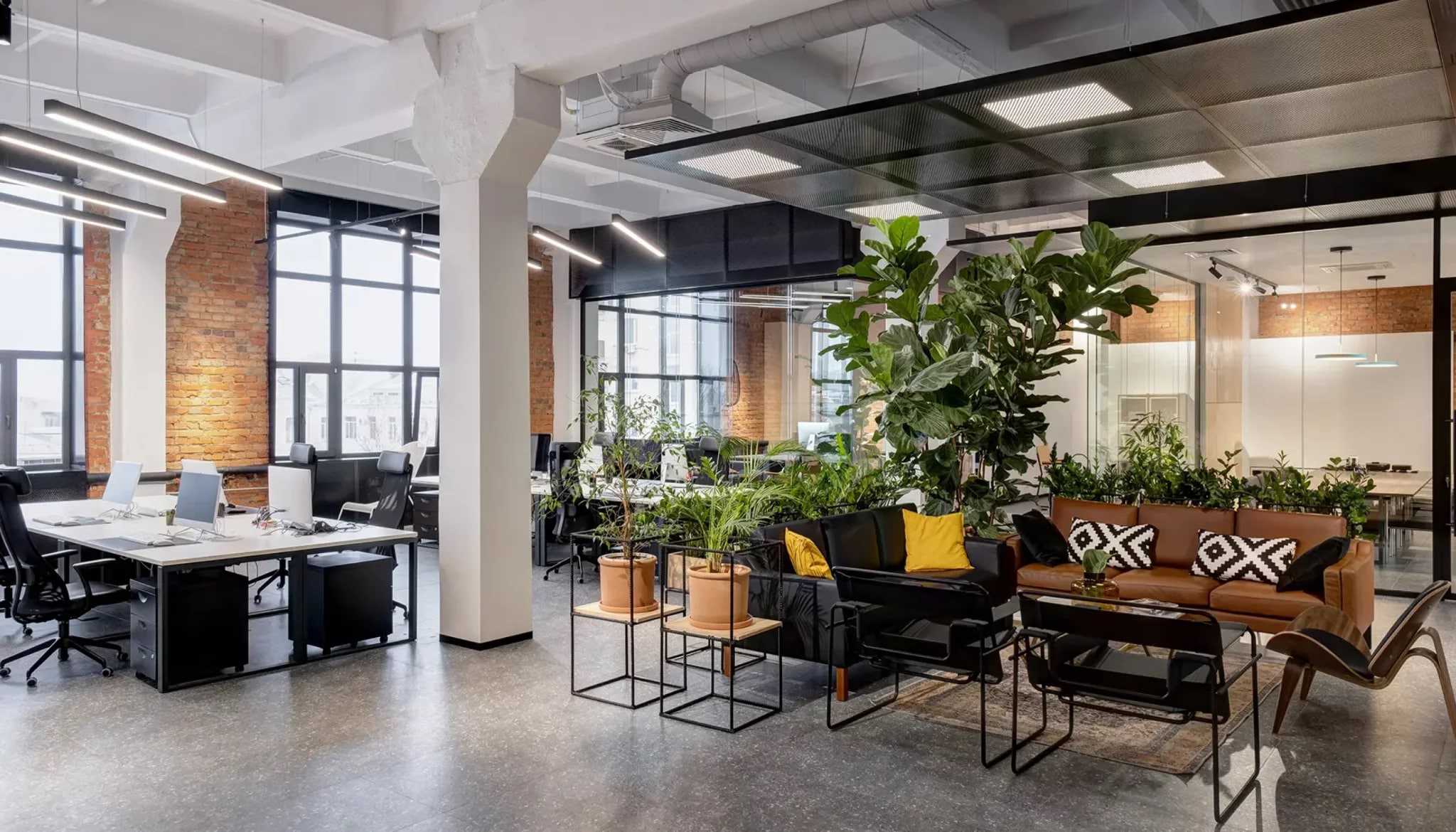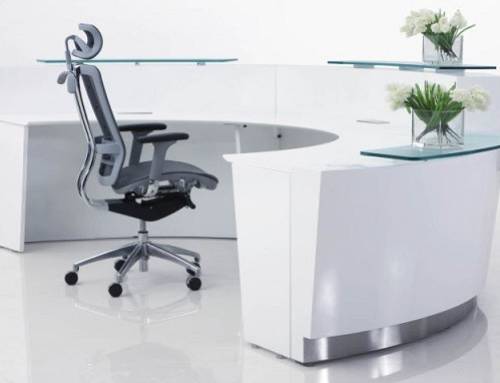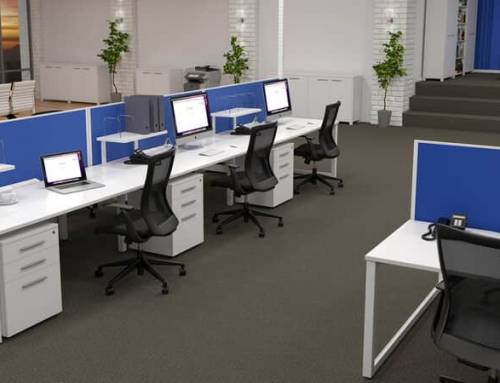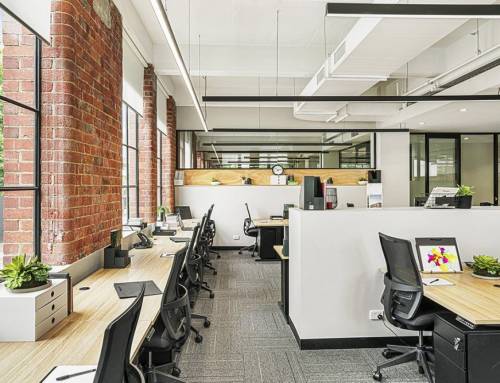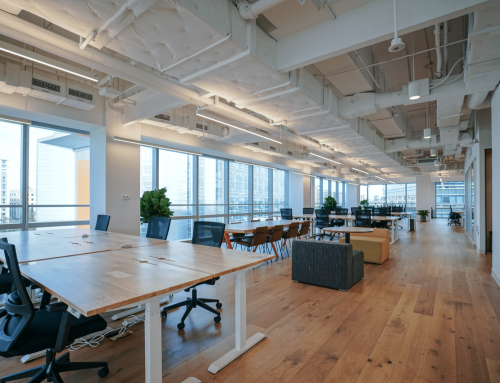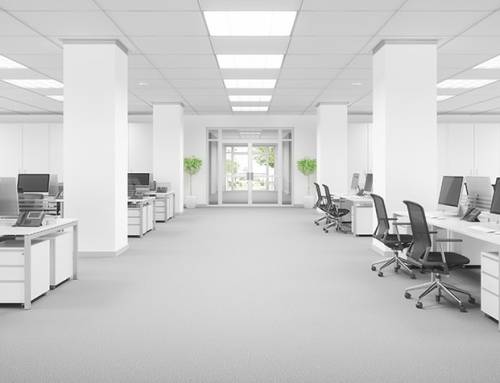When it comes to capitalizing expenses in a business, it’s important to understand what costs qualify. In the case of office furniture, the question arises – should office furniture expenses be categorized as a capital expenditure (CapEx) or simply recognized as an expense when purchased? This article aims to clarify office furniture capitalization in the Australian accounting context.
Understanding the Basics: CapEx vs. OpEx
Capital expenditure (CapEx) items are considered assets as they will benefit the company over an extended period. CapEx is recorded as an asset on the balance sheet, and the costs are depreciated over the item’s useful life.
On the other hand, operating expenditure (OpEx) refers to expenses incurred from everyday operations used up within the accounting period they were purchased.
Can Office Furniture Be Capitalized in Australia?
In the Australian context, office furniture can be, and typically is, capitalized. This is largely due to the fact that office furniture — ranging from desks and chairs to cabinets — has a useful life that extends beyond a single accounting period. Therefore, office furniture expenses are viewed as CapEx and are captured on the balance sheet as a depreciable asset.
Australian Accounting Rules and Office Furniture
Australia follows the Australian Accounting Standards (AAS), which define the principles of recognizing, measuring, and presenting transactions.
Under the AAS, office furniture falls within the category of Property, Plant, and Equipment (PPE). The initial cost of acquiring office furniture and any costs incurred to bring it to its present location and condition can be capitalized.
Once the furniture is capitalized and recorded as a fixed asset, it must be depreciated over its estimated useful life. This depreciation process spreads out the asset’s cost over its useful life, matching it to the income it helps generate.
Impact on Financial Statements from Office Furniture Capitalization
Capitalizing office furniture affects both your balance sheet and income statement. On the balance sheet, office furniture will appear as a depreciable asset, which signifies that its value will decrease over time due to depreciation.
On the income statement, the yearly depreciation associated with office furniture will show up as an expense, reducing the reported earnings for each accounting period corresponding to its useful life.
Key Considerations in Office Furniture Capitalization in Australia
When capitalizing office furniture in Australia, consider the below crucial aspects.
- Useful Life: You need to estimate how long the furniture will be used for its intended purpose.
- Depreciation Method: There are several methods to calculate depreciation, including the straight-line method, reducing balance method, and units of production method.
- Purchase Cost: This includes all costs required to get the furniture ready to use, such as assembly and installation costs.
- Immediate Write-off: According to recent changes to Australian tax law, small businesses can immediately write off assets costing less than a specified instant asset write-off threshold. Check the Australian Taxation Office (ATO) website to see if this applies to your business.
Wrapping Up
Correctly capitalizing office furniture helps maintain accurate financial records, vital for a company’s strategic decision-making and regulatory compliance. Given that tax laws and asset thresholds might change, businesses should consult with an accounting professional to ensure accurate categorization and treatment of such business expenses.

